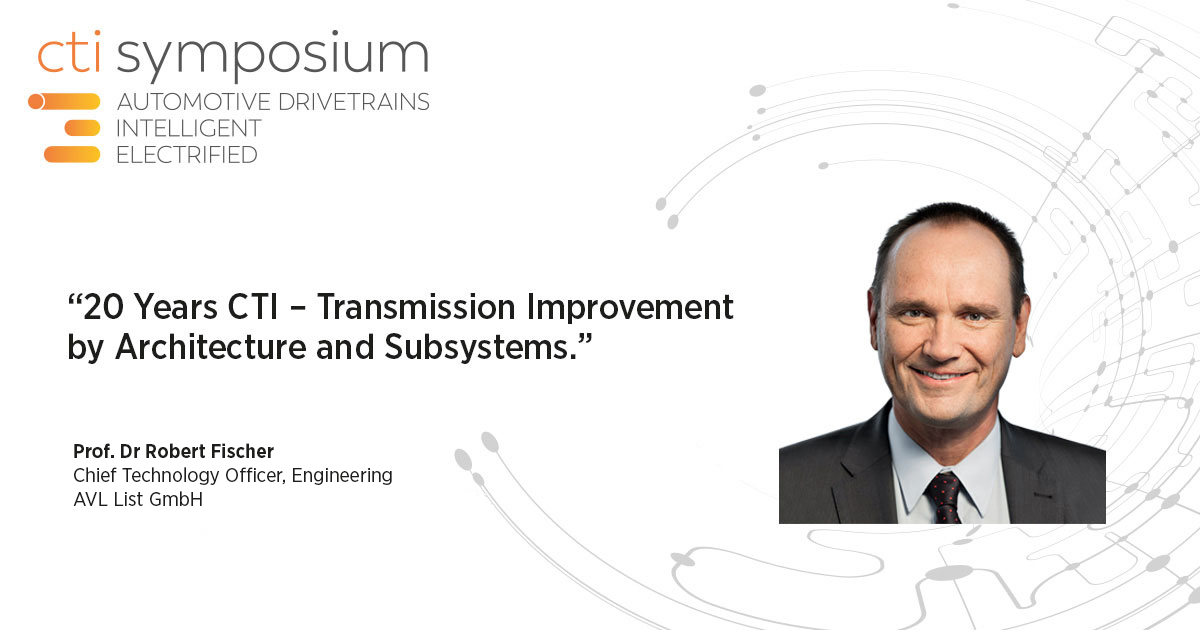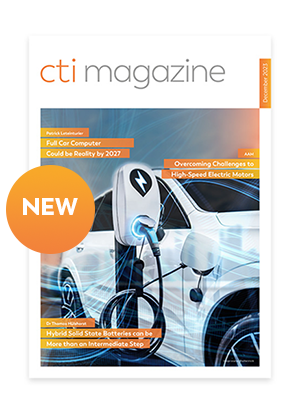
Prof. Dr Robert Fischer, Chief Technology Officer, Engineering, AVL List GmbH
Plenary Speaker at CTI SYMPOSIUM on 30 November 2021 at 08:45 am
The last twenty years have been characterized by a continuous evolution of conventional transmission architectures (MTs, ATs, CVTs) but have also seen the introduction of new types like the dual-clutch transmission (DCT) in 2003 or the dedicated hybrid transmission (DHT) in 2015. Costs, installation space, weight, drivability as well as a reduction in acoustics and fuel consumption are part of the development targets. Since the reduction of CO2-emissions has been one of the top priorities due to stricter legal requirements to face climate change there has also been a shift to more environmentally friendly technologies.
Reducing CO2 happens indirectly and directly through the transmission and its effectiveness. The indirect part (= conversion quality) results from shifting the combustion engine’s operating points towards its optimum operating range, which is often a result of the interaction with an electric motor. Although the indirect part is often the dominant one, the continuous improvement of internal combustion engines and the increased use of electric motors makes the direct part (= transmission efficiency) more and more important. The architecture of the transmission mostly follows the requirements for the conversion quality – this sometimes leads to a deterioration in efficiency, which is often overcompensated by optimizing the components.
Besides showing examples of transmission launches over the past twenty years this keynote focuses on determining how and where efficiency improvements in transmissions have been achieved. Furthermore, the impact of different architectures and enhanced components are compared and evaluated using simulation data. Improving those components contribute a significant part to the overall reduction of CO2-emissions.
